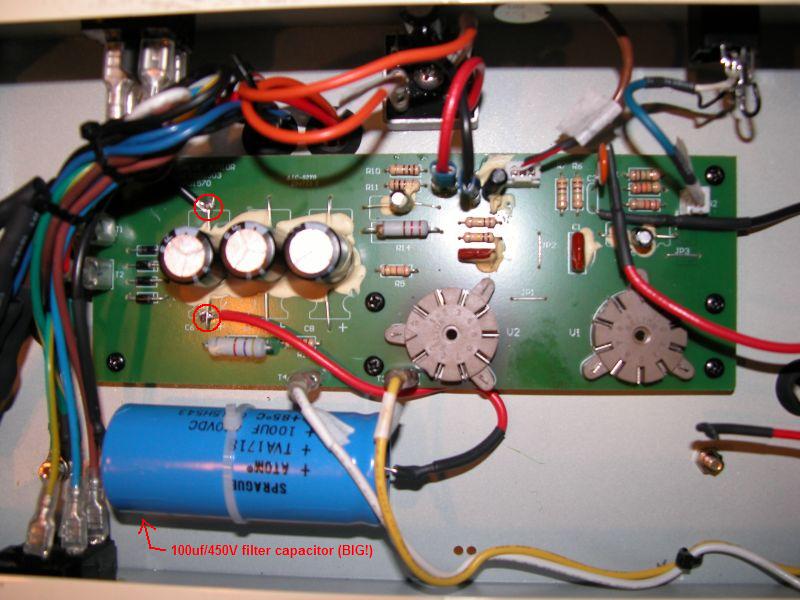Shux.

By the way, Gavin -- I read back over the thread, and maybe I'd better clarify what I mean by "gain". I think of "gain" as "getting a bigger signal out than you put in." This may
cause clipping, which gives us that overdriven sound, but gain and clipping are two different things. For example, a powerful home-stereo amp might have vast amounts of gain (tiny signal in, huge signal out) with no clipping at all. So when I mentioned that the master volume pot would result in higher gain when turned up, I simply meant a stronger signal reaching the output tube -- not necessarily any more clipping.
Of course, guitar amps are designed so that one stage or group of stages within the amp can provide so much gain (relative to the input from guitar) that the next stage in the amp is forced to clip the signal and distort. With guitar amps, "gain" is so closely associated with distortion that the words often get used interchangeably. Like everybody else, I always consider a "high-gain" guitar sound to mean distorted and compressed. That kind of breaks the original definition of "gain," but it's a guitar thing....






